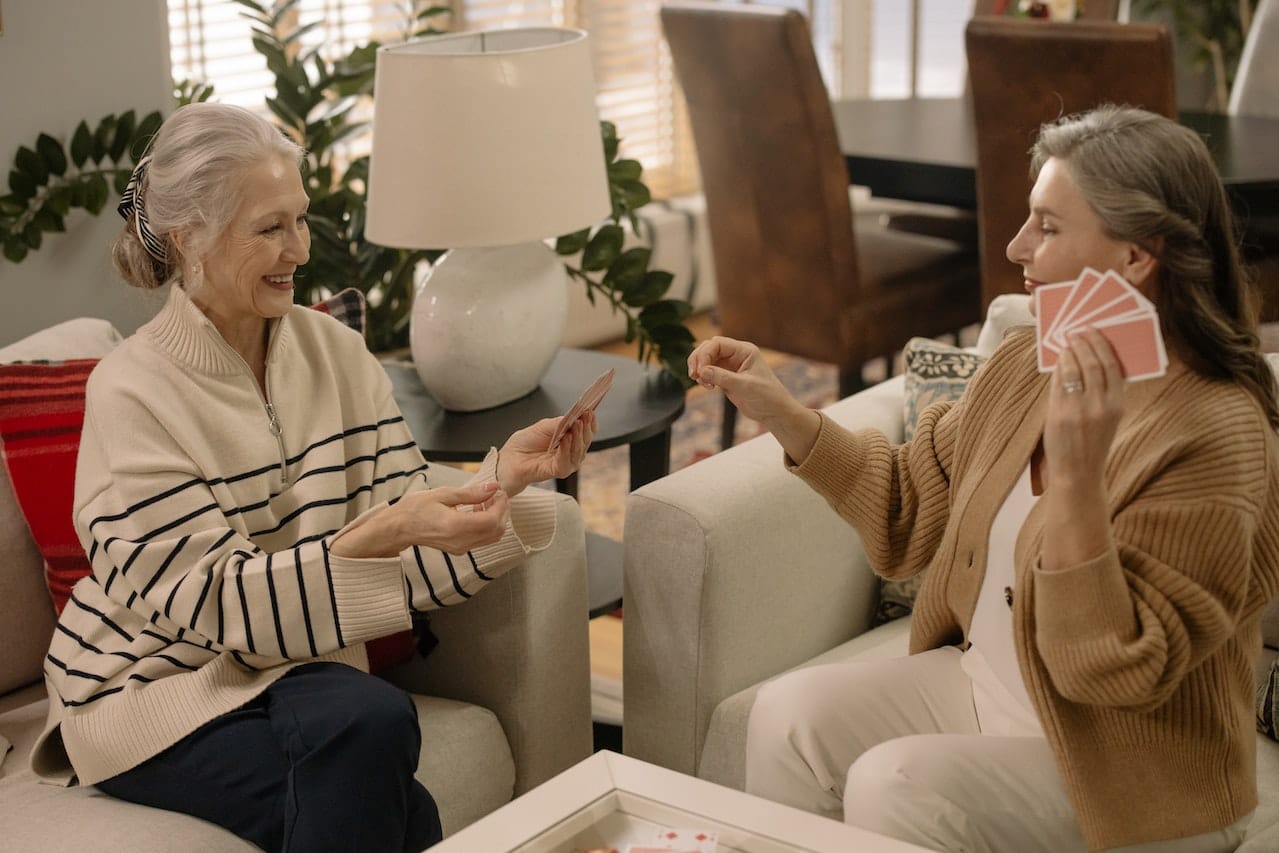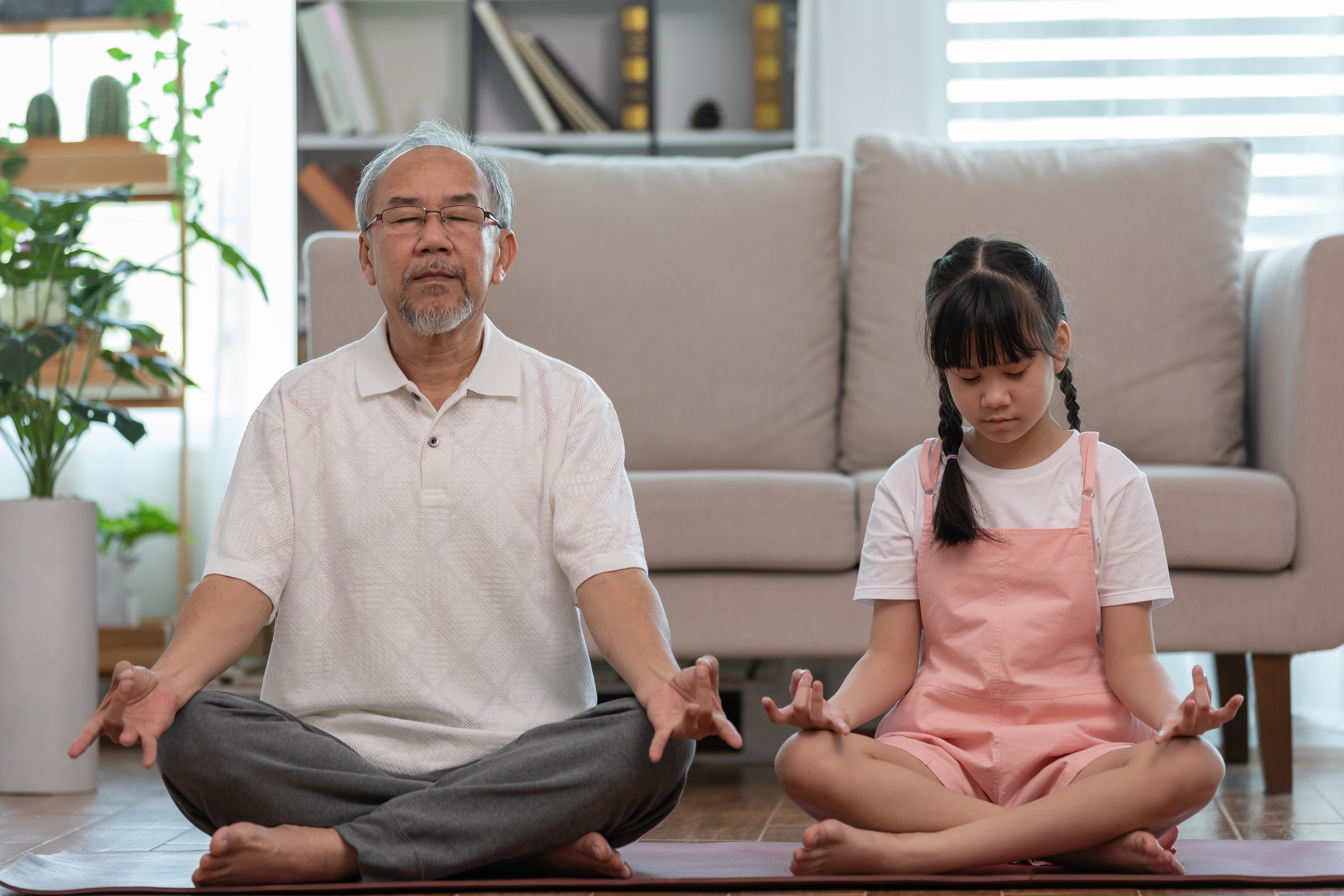Assisted Living vs. Active Living—What Are The Differences?

The staff at St. Andrew’s understands that considering senior living options for a family member can be an overwhelming task fraught with emotion; but in the end, all you want is the best care and support available for someone you love!
Like all important life decisions, the more information you have, the better equipped you will be to consider the best community to meet your loved one’s needs.
The staff at St. Andrew’s wants to help make this decision a bit easier by providing you some information on the difference between assisted living vs. active living. You will come to find out that while both are very good options, one might be better than the other if the individual requires more specialized care. Find out more below...
Assisted Living Communities
Premier assisted living means maximum independence for each resident with supportive personal care only when needed. Oftentimes, assisted living residents need some help with activities of daily living (ADLs), such as medication management, toileting, showering, and dressing. Staff members at assisted living communities help residents with certain needs, but otherwise residents are able to live each day fairly independently with the peace of mind that help is just a short call away.
These communities enrich residents’ lives by offering regular social activities, outings, wellness classes, common areas, and other enrichment activities. This setup helps keep older adults active and engaged, which can boost their physical, mental, and emotional health in ways that wouldn’t be possible if they were receiving in-home care.
Services include:
- Housekeeping services and laundry services
- A phone number for medical emergencies on auto-dial
- Meal plans according to any specialized diets
- Healthcare center for first aid and medication management
- 24-hour security and supervision
- Health care services
Active Adult Communities
Active adult communities are one-of-a-kind senior communities built for fun, friendships, and fostering an active lifestyle in a shared living space.
Active living is age-restricted to adults 55+ who are energized by connections to others! Senior housing pocket neighborhoods have walking paths that bring friends together for planned and spontaneous get-togethers. The homes in active adult living communities are modern and equipped with resident-friendly technology, helping them stay involved in activities and community events.
Services include most of the same items as assisted living, including:
- Guest houses, rentable by the day or week
- Wellness programs
- Landscaping, home maintenance, and housekeeping services
- 24/7 emergency response system and medical assistance only when necessary
On top of these services, there is an emphasis on high-quality retirement community amenities, including:
- Paved biking and walking trails
- Pickleball, croquet, and bocce ball courts
- Stocked fishing lake
- State-of-the-art fitness center
- Easy access to on-site concierge services
- Outdoor fire and BBQ pits
- Vibrant gardens
- Swimming pools
Which is Better?
Active and assisted living are both types of senior housing that allow far greater freedom to residents than other types of senior living communities, such as skilled nursing care or memory care facilities, but these communities distinguish themselves in the level of care they provide.
Active living residents are largely autonomous and do not need much daily assistance. These communities actively encourage active seniors to get up, move, and engage with others, providing a more hands-on approach to community engagement. They choose to live in a communal setting for the emotional benefits and to leave household chores behind. In fact, both communities are great housing options for older adults who want to relieve themselves of homeownership and home maintenance responsibilities.
By contrast, assisted living residents do need a little extra assistance during the day. They are for people who may have full-time medical care needs, but that does not mean they will have to give up their independence. For example, they may require caregivers to help them get dressed or prepare meals, but they do not need the extensive level of care that someone living in a nursing home might.
Whatever You Need, St. Andrew’s Will Provide
All St. Andrew’s communities are purpose-built using evidence-based design principles and best practices to create a lifestyle of comfort, security, and purpose for residents. Credentialed and specially trained staff will help residents develop current strengths, abilities and wellness, encourage cognitive function and social engagement. Utilizing a multi-dimensional holistic approach, resident wellness will extend well beyond the traditional services offered elsewhere.
Our residents experience a nurturing and empowering environment every day. In all directions, there are new opportunities for personal growth and fulfillment. As every resident will tell you, theirs is a home made warmer by celebrating diversity and new acquaintances. We seek to build a community of care and love that is open to all the treasures and surprises of life.
Need assistance finding the right community for your family’s needs? Give us a call—we would love to help you find your perfect fit!







